Introduction
Striking tools—such as hammers, mallets, and sledgehammers—are among the most commonly used hand tools in construction, woodworking, and household maintenance. Because they rely on repeated impact, improper use can easily cause accidents, tool damage, or even personal injury. Therefore, understanding how to choose, inspect, operate, and maintain striking tools is essential for both professionals and DIY users. This guide explains the best practices for safe operation, offering practical safety tips and maintenance methods that extend tool life while keeping users protected.
I. Tool Selection and Inspection
Choosing the Right Striking Tool
The first step toward safe use is selecting the correct hammer or striking tool for the job. Because each task places different demands on force, precision, and material, using the wrong tool can lead to damage or safety risks.
· Light-duty work (nailing, assembling furniture): A claw hammer or rubber mallet is ideal. These lighter tools minimize the risk of surface damage.
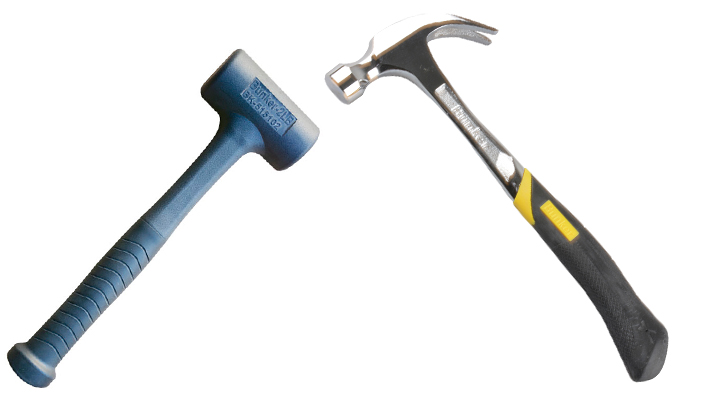
Dawei claw hammer and rubber mallet
· Heavy demolition (removing boards, breaking concrete): A sledgehammer or electric hammer should be chosen, preferably with a durable chrome-vanadium steel head for maximum impact resistance.
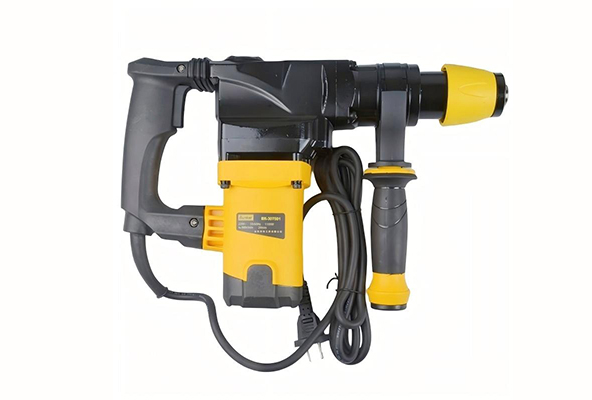
Dawei electric hammer
· Precision tasks (electronics repair, delicate assembly): An anti-static hammer or low-torque striking tool helps protect fragile components from damage.
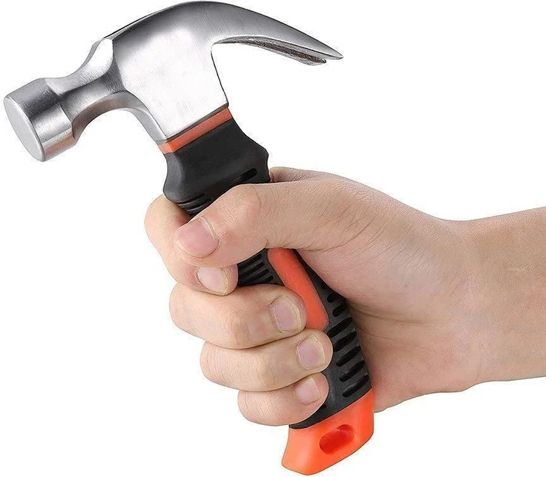
Mini portable claw hammer
Inspection Before Use
Even the best hammer can fail if it is damaged. Therefore, it is critical to perform a thorough check before starting work:
· Head and handle connection: Ensure there are no cracks or looseness. A secure, flat, and rust-free surface prevents fragments from chipping off.
· For power hammers: Inspect the power cord or battery to avoid unexpected shutdowns that could cause accidents.
II. Safe Operating Practices
Preparing the Environment and Safety Gear
Accidents often happen due to poor preparation. Clearing the workspace and wearing the right protective equipment greatly reduces risks.
· Workspace: Remove unnecessary items and fragile objects. If working in a public or crowded area, set up barriers to keep others at a safe distance.
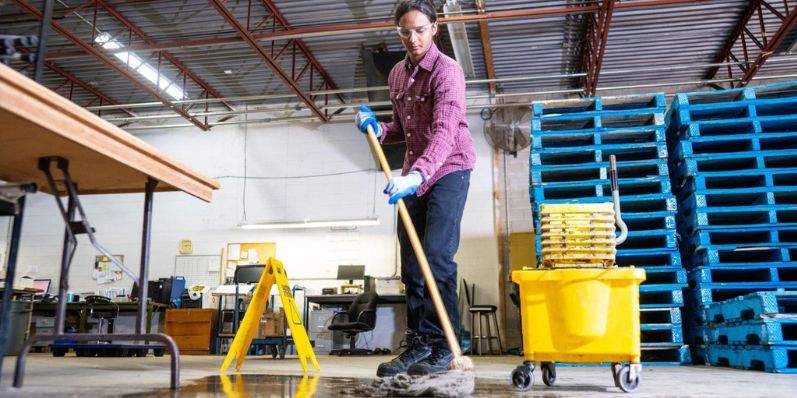
Image source: Importance Of A Clean And Organized Warehouse
· Protective gear: Safety glasses protect from flying debris, anti-slip gloves absorb shock, and helmets prevent head injuries from falling objects. In noisy environments, earplugs should also be worn.
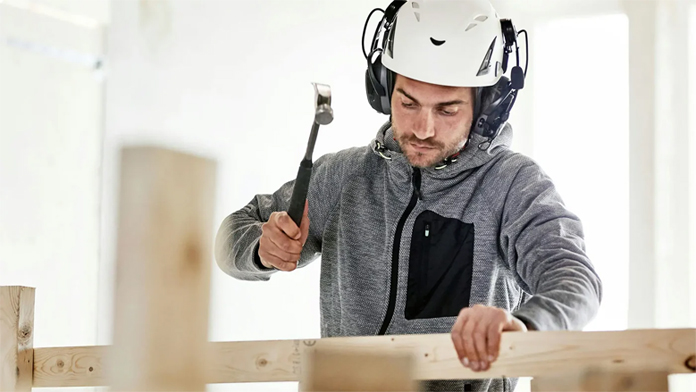
Image source: How to avoid wear damage caused by hammer striking
Correct Grip and Striking Technique
Because improper striking techniques often cause injuries, it is important to maintain correct posture and grip.
· Grip method: Hold the end of the handle firmly, using wrist and arm motion for control. Avoid excessive brute force that may cause the hammer to slip.
· Tapping technique: Start with a light tap to position the tool or nail. Once stable, apply stronger force, ensuring the hammer face stays parallel to the workpiece. This prevents glancing blows and slippage.
Special Case Precautions
Different materials require slightly different methods to avoid damage:
· Nail driving: Use a punch to pre-position nails to prevent bending or splitting. For dismantling tasks, a crowbar can reduce stress on wood compared to direct hammering.
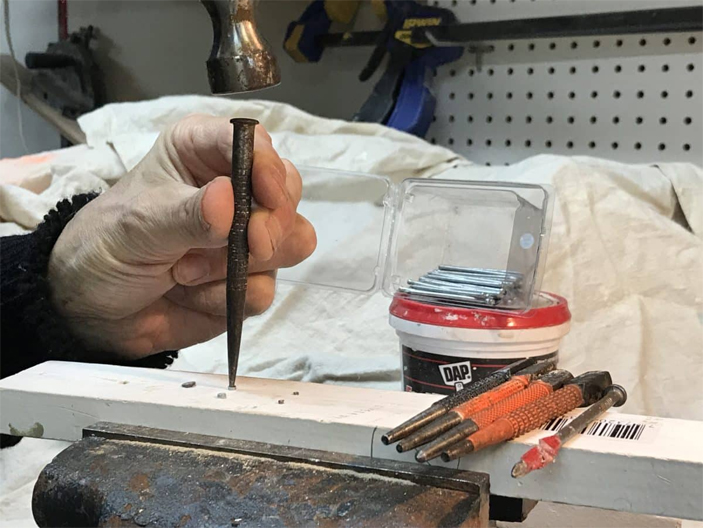
Image source: How to Use a Nail Set (for Beginners) | Brad the Painter
· Metalworking: When striking chisels or punches, the hammer face should be larger than the striking end of the tool to avoid deformation or breakage.
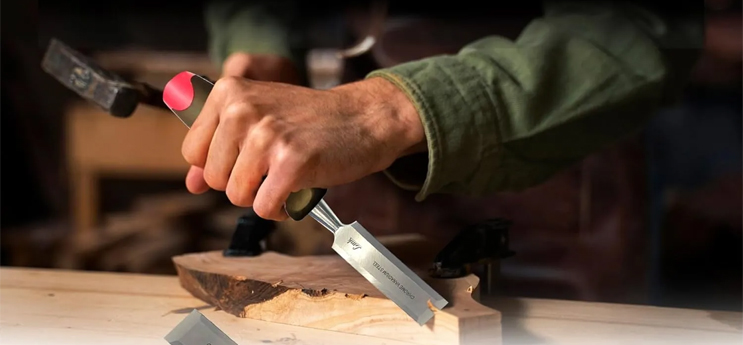
Striking chisels
III. Maintenance and Storage of Striking Tools
Proper care ensures tools remain reliable over time. Because striking tools endure constant stress, neglecting maintenance often leads to early failure.
Daily Maintenance
· Wipe off oil and debris after each use, then apply anti-rust oil to metal parts.
· Store wooden handles in dry areas, as moisture weakens the grip.
· Inspect hammer heads for deformation and handles for cracks. Replace any tool showing serious wear immediately.
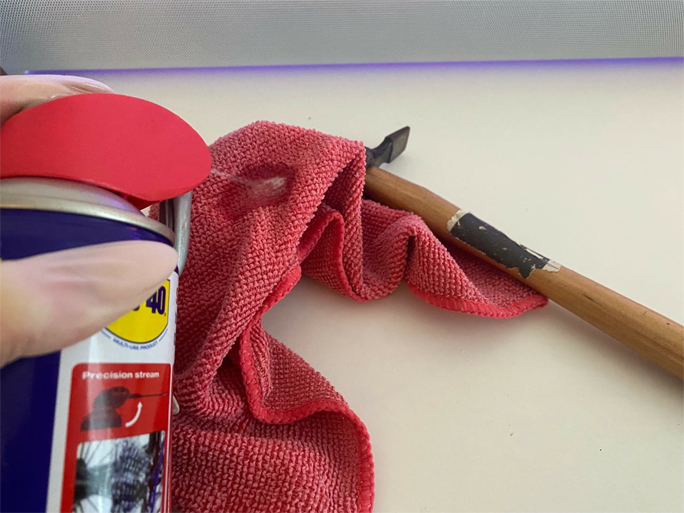
Image source: How To Maintain A Steel Hammer Head
Safe Storage
· Keep tools in a dry, ventilated area away from direct sunlight.
· Cover sharp edges of chisels and punches with protective sleeves.
· Power hammers should always be stored with the power switched off and batteries removed when possible.
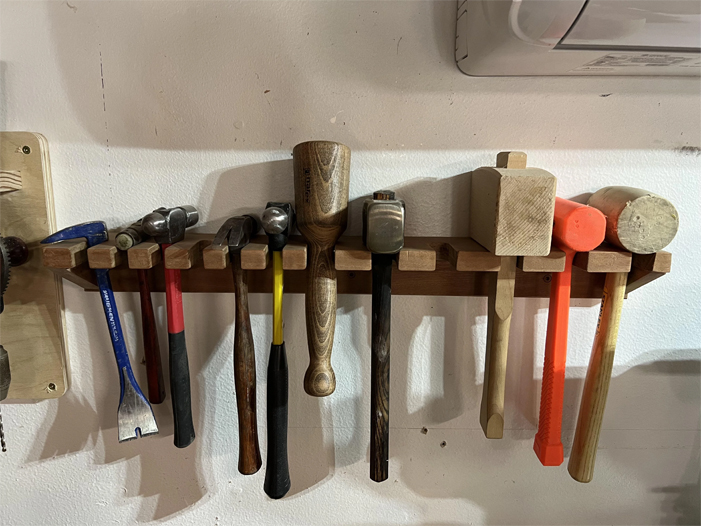
A hammer rack
IV. Common Mistakes and How to Correct Them
Typical Unsafe Practices
Many accidents happen not because of tool defects, but because of misuse. Examples include:
· Using a wrench or other non-striking tool as a hammer.
· Striking fragile materials like glass.
· Attempting to swing a heavy sledgehammer with one hand.
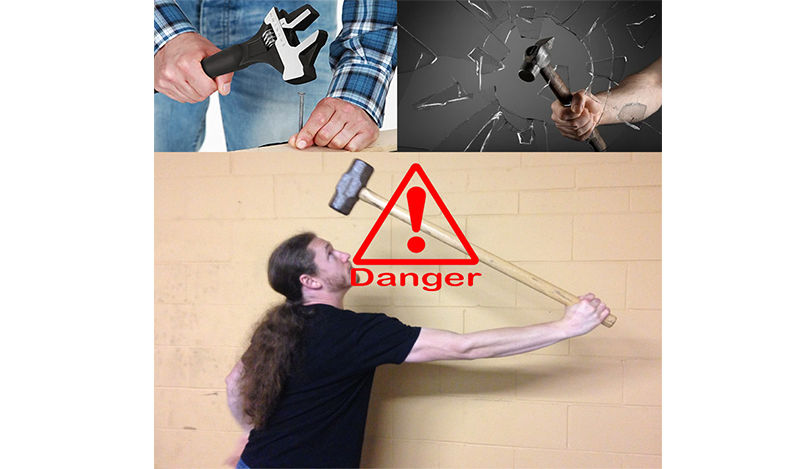
Typical unsafe practices
Corrective Methods
To stay safe, always match the tool to the task:
· Use wrenches only for bolts, never as substitutes for hammers.
· In narrow spaces, select short-handled striking tools for better control.
· Follow the manufacturer's instructions for proper handling of each tool.
Conclusion
Because striking tools are simple yet powerful, their safe use depends not only on the quality of the tool but also on the user's habits. Choosing the right hammer, conducting regular inspections, wearing protective gear, and following correct techniques all significantly reduce the risk of injury. With proper maintenance and storage, tools will last longer and perform more reliably.
At Dawei Metal, as a trusted striking tool manufacturer, we emphasize both safety and durability in every product we make. By adopting these safety practices, users can handle striking tools with confidence, achieving better results in daily work and home projects.
